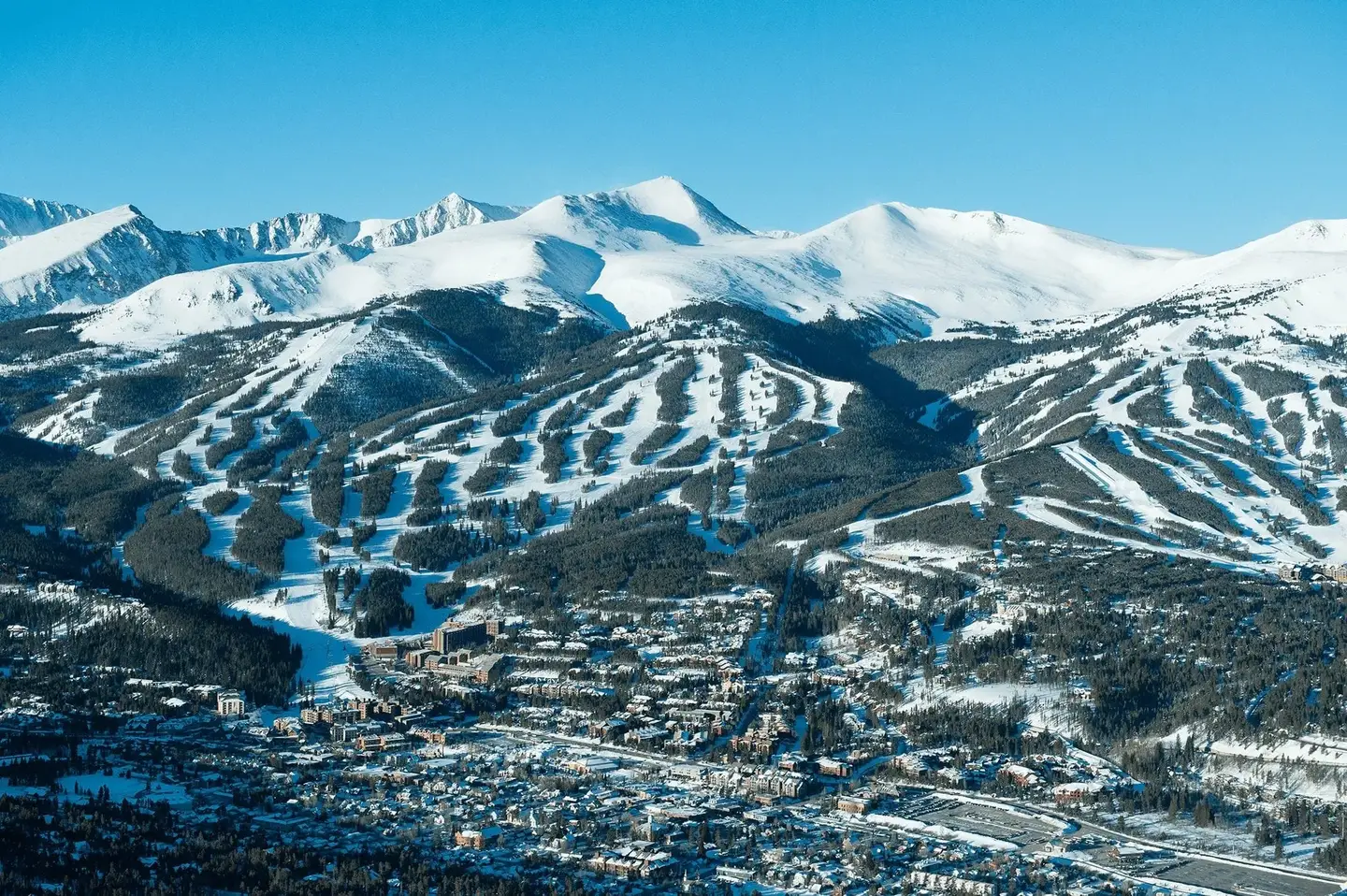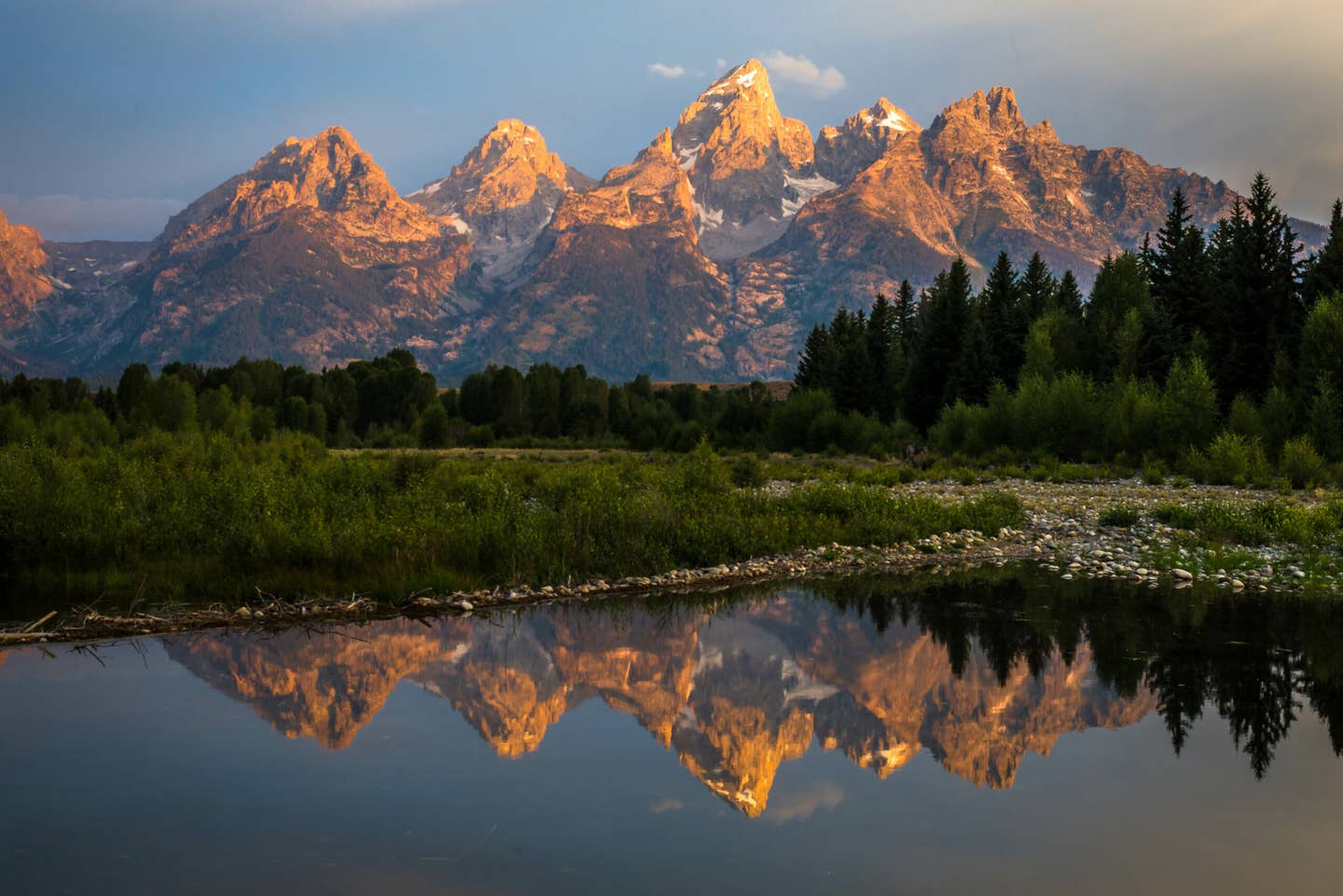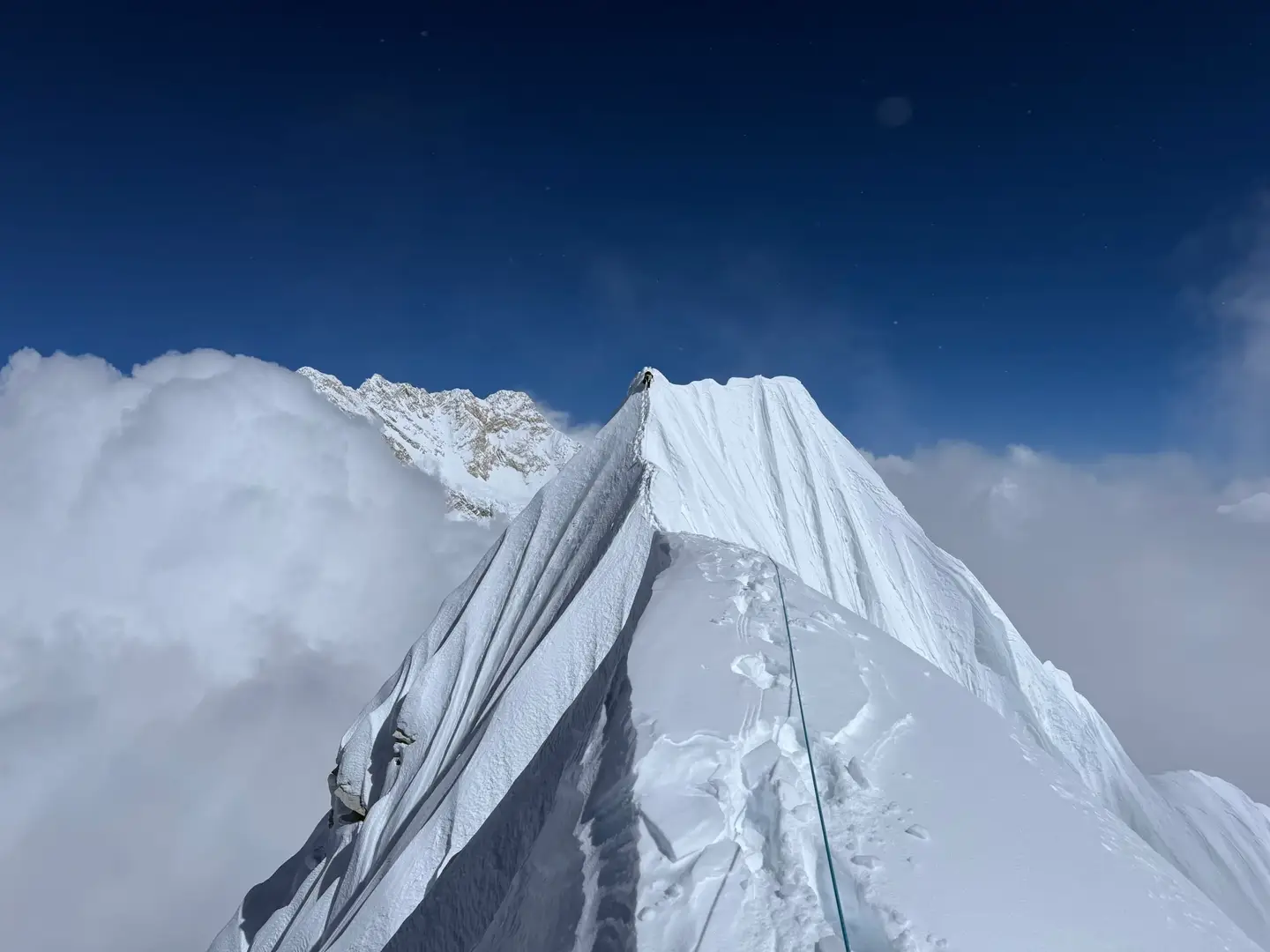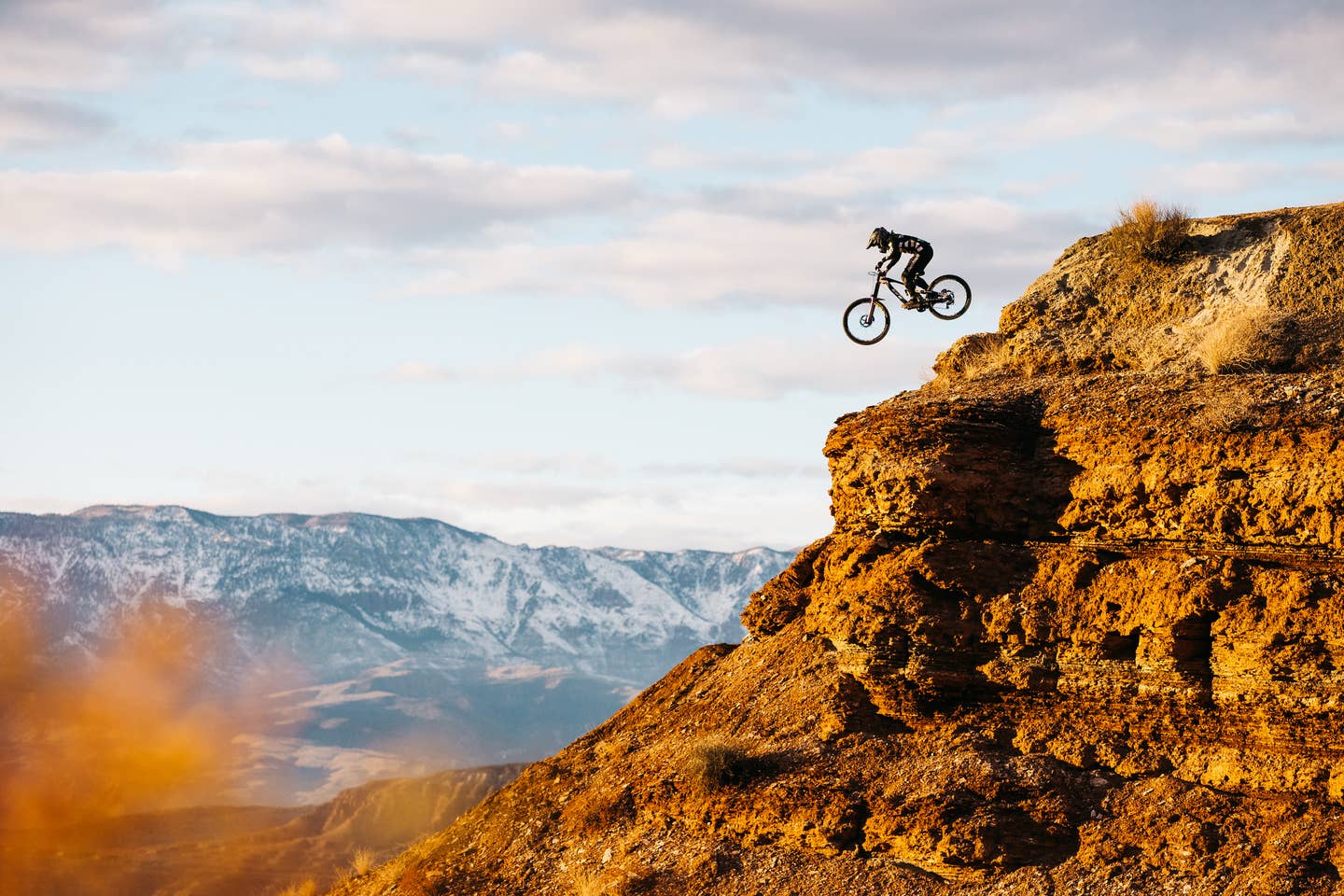

New Lines, New Rules: Moab BLM Confirms Massive E-Bike Expansion in 2026
Popular Stories
This is massive news for mountain bikers who live for the long haul. The Bureau of Land Management (BLM) Moab Field Office has officially announced that over 200 miles of non-motorized singletrack will be opened to Class 1 e-bikes starting March 1, 2026. This decision represents a significant shift for one of the world's most iconic mountain biking destinations.
The move expands access and is expected to help disperse riders across the massive desert landscape. For many, this decision opens the door to bigger days, more remote lines, and new ways to experience the Utah backcountry.
Poll Position: Are You Stoked on More Access or Concerned About Trail Impact?
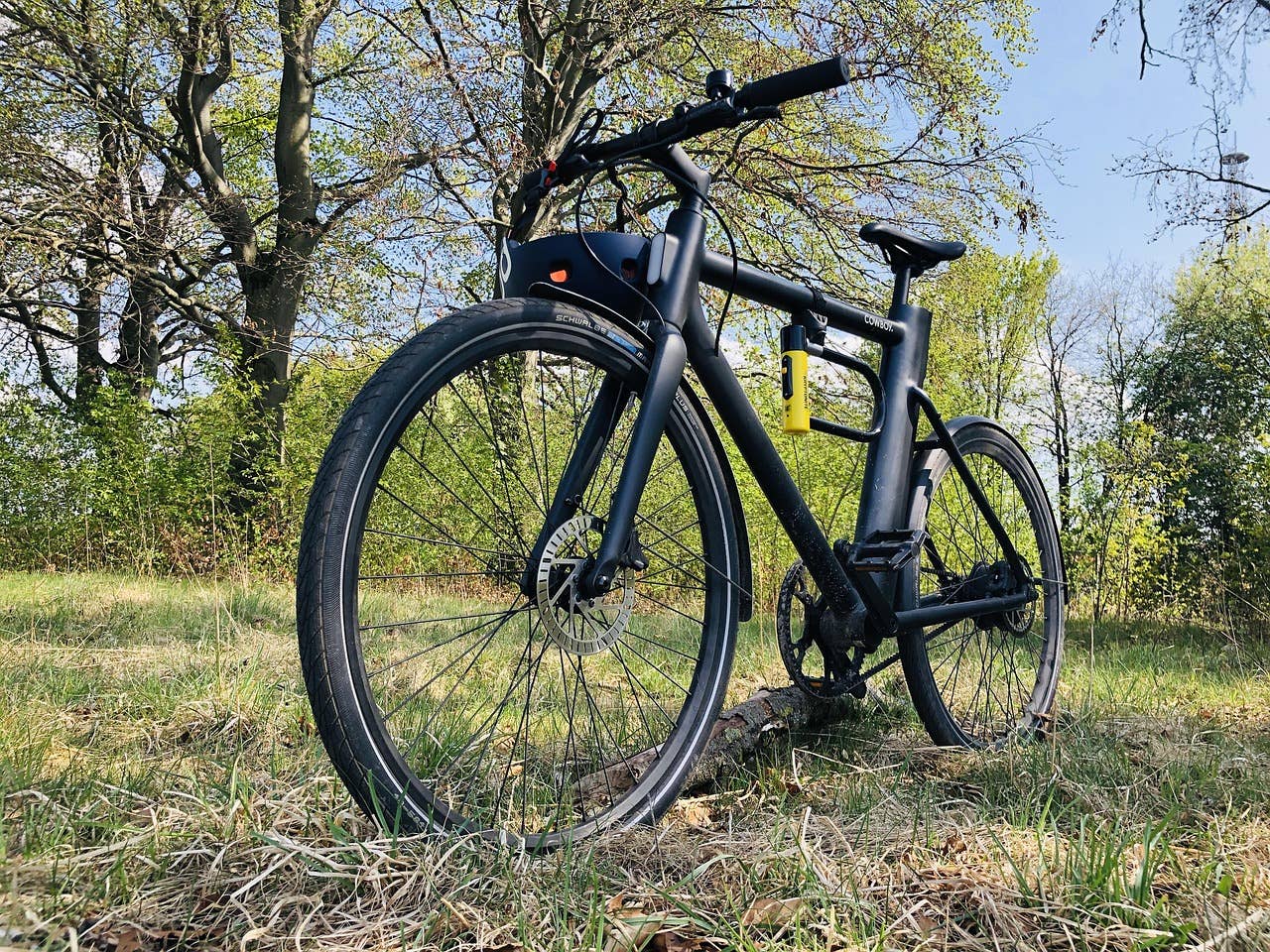
The New Line: Where You Can Ride
The approved trails span some of Moab’s most popular and renowned systems. The decision specifically authorizes Class 1 e-bikes on these previously non-motorized routes. A Class 1 e-bike is a pedal-assist only bicycle. It provides motorized assistance only while the rider is pedaling, and the assistance cuts off at 20 miles per hour.
Key areas opening to Class 1 e-bikes include:
- Amasa Back Mountain Bike Trail System
- Klondike Bluffs Mountain Bike Trail System
- Navajo Rocks Mountain Bike Trail System
- Gemini Bridges Area
Crucially, Class 2 e-bikes (those with throttles) and Class 3 e-bikes (which assist up to 28 mph) will remain prohibited on these singletrack trails.
The Environmental Equation: Impact and Dispersion
The debate surrounding e-bike access is heated, and the BLM’s decision in a highly trafficked area like Moab brings both the potential benefits and the acknowledged risks to the forefront.
Sign Up for the TGR Gravity Check Newsletter Now
The Potential Positive Impact: Dispersion
Proponents of the change argue that opening the trails dramatically improves accessibility for a wider community of riders. E-bikes allow those with health issues, riders recovering from injury, or older riders to enjoy extended, strenuous trails that were previously out of reach.
Furthermore, the BLM notes that this move could lead to user dispersion. By opening a large network of trails, riders may be encouraged to spread out across the landscape. This dispersal could potentially reduce the high-volume concentration of wear and tear traditionally seen on primary trailheads and highly popular loops. The ability to cover more mileage efficiently makes more remote areas viable destinations.
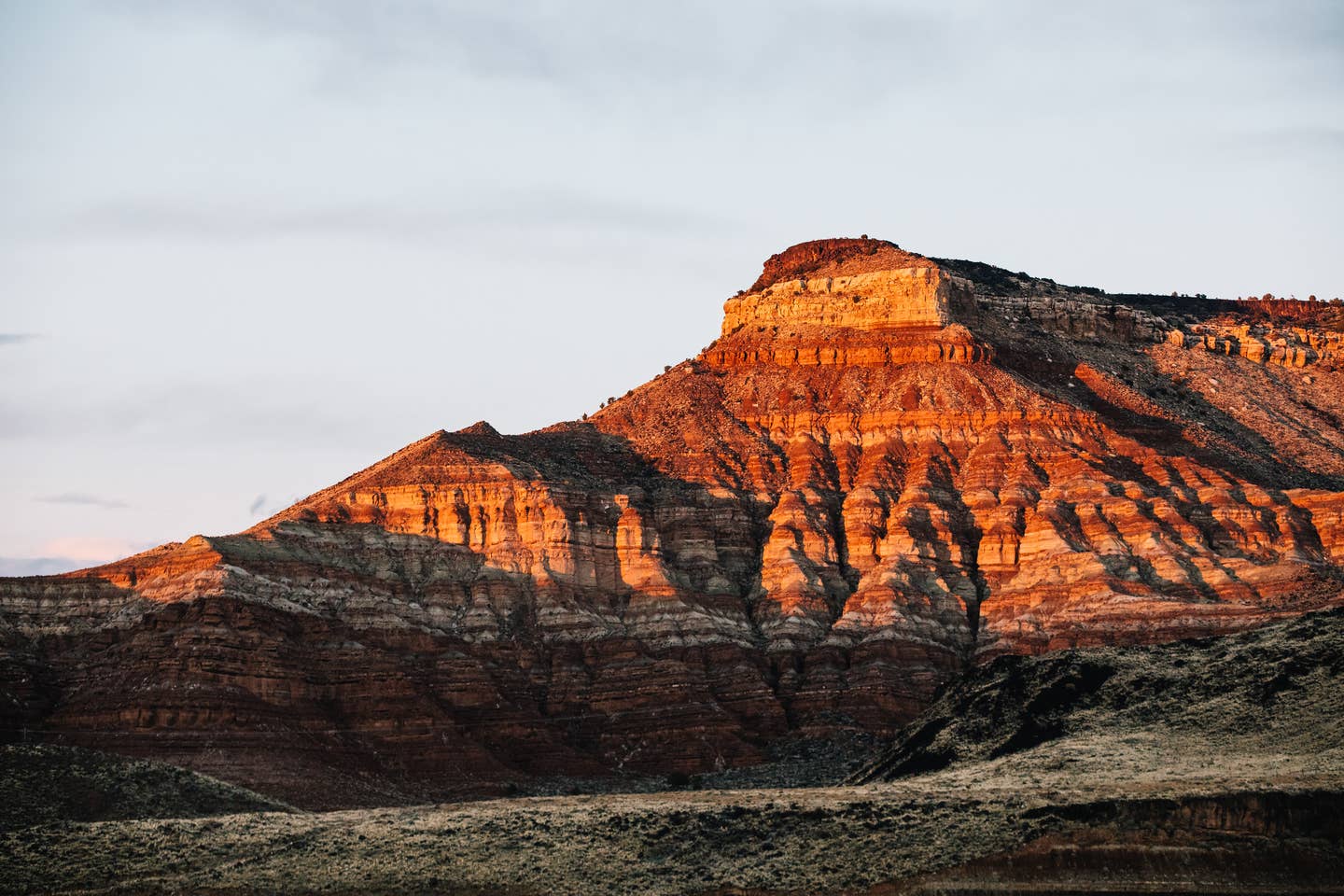
The Negative Impact: Erosion and Increased Pressure
Opponents and conservationists express concern regarding accelerated trail erosion and increased overall traffic. While research suggests that the immediate soil displacement from a Class 1 e-bike is often comparable to that of a traditional mountain bike on a single pass, the major variable is scale.
The potential for increased torque on steep, loose uphill sections remains a concern. The motor's assistance could cause more rear-wheel spin, which exacerbates rutting and erosion in Moab’s easily disturbed soils. More significantly, the ability of e-bikes to enable riders to cover three times the distance in a day translates to a massive surge in total trail pressure throughout a season. This increased volume is the primary environmental risk that the BLM will be monitoring.
The Steep and Deep That Remains Off-Limits
For traditionalists and those wanting to preserve the pure human-powered challenge, the BLM has preserved several key trails as exclusive to non-motorized mountain bikes. This restriction is often due to connectivity with U.S. Forest Service lands that prohibit e-bikes, or because the trail is located within a Wilderness Study Area.
Key trails remaining closed to ALL e-bikes include:
- Porcupine Rim Singletrack (The crucial final descent of The Whole Enchilada)
- Lower Porcupine Singletrack (LPS)
- Fisher Mesa
- Hidden Valley
The agency has committed to closely monitoring the newly opened trail networks for potential resource damage and visitor experience. The success of this massive policy shift ultimately depends on rider compliance with the Class 1 rules and the integrity of the fragile desert trails.
